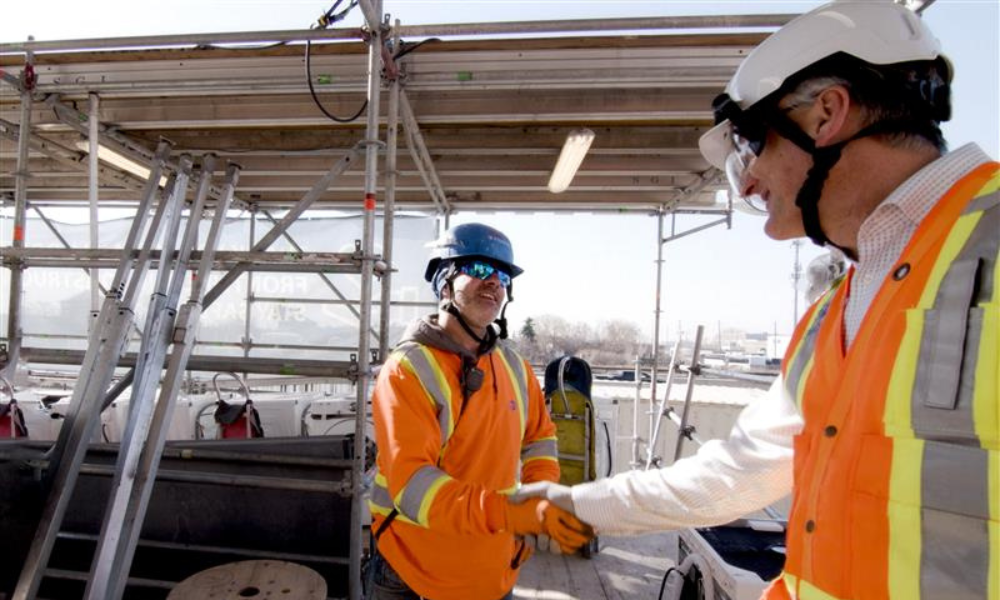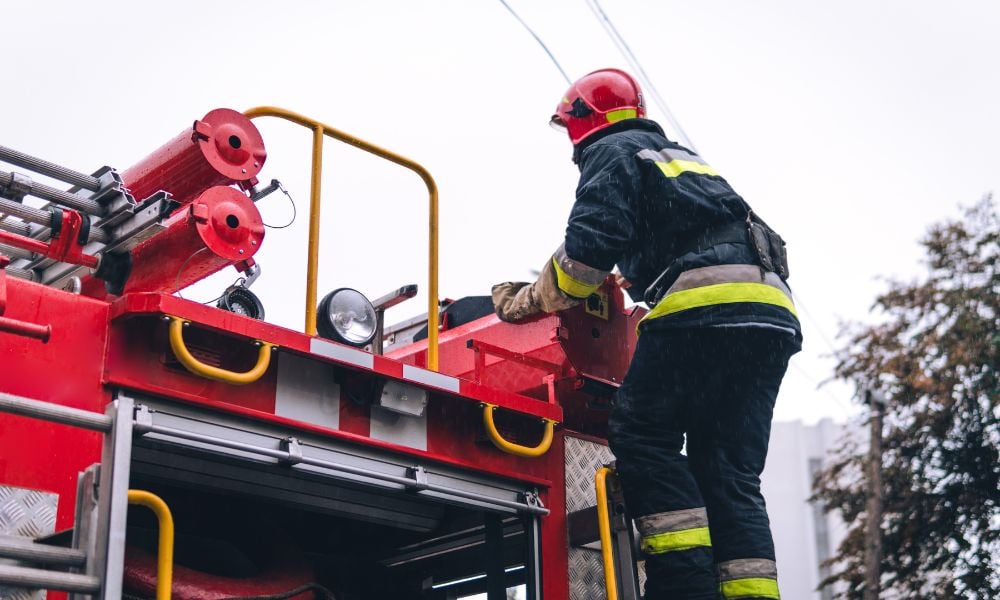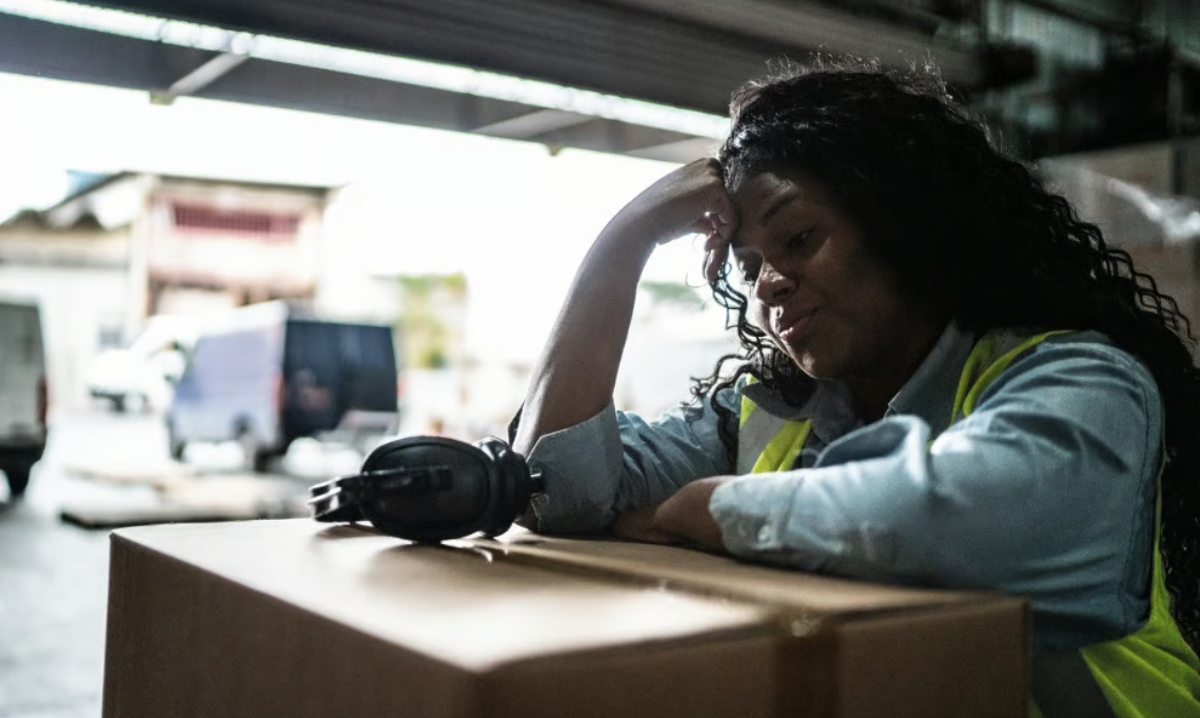Complacency must be driven out, and workplace culture should no longer settle for average, urges safety veteran, Steve Chaplin

The construction industry’s biggest safety threat isn’t equipment failure—it’s a culture that treats safety as a compliance checklist instead of a human-centered system.
Despite better gear and stricter regulations, serious injuries and fatalities persist. In 2023, falls, slips, and trips accounted for 39.2% of all construction deaths, according to the U.S. Bureau of Labor Statistics—making them the leading cause of fatality year after year.
At EllisDon, Senior Vice President of Health, Safety and Environment Steve Chaplin — a featured speaker at the upcoming Canadian Safety Summit — is pushing for a deeper shift. Drawing on over three decades of experience, he is challenging the industry to move beyond regulatory minimums and focus on real-world risk, psychological safety, and hands-on leadership.
“If we want to make a difference and we’re going to make an impact, we need to move beyond just looking at regulation,” Chaplin says.
That doesn’t mean ignoring the basics, we still need to look at enhancements with our PPE and controls. Chaplin points to the company’s implementation of Type II hard hats with integrated four-point chin straps.
“We found that if we can just keep the hard hats on people when they fall, we can help reduce traumatic head injuries,” he says. Tactile, cut-resistant gloves have similarly helped reduce cuts to hand requiring stitches—an underestimated hazard on worksites.
But PPE upgrades are just the beginning. For Chaplin, true safety transformation means replacing a compliance mindset with a culture grounded in the science of risk—and the realities workers face every day.
Moving beyond compliance
Serious incident and fatality (SIF) events remain consistent across the industry. “The force of energy that can cause these critical events is 1,500 joules,” Chaplin explains.
“If I work at six feet or above and I have a fall, that can potentially result in a critical injury.” In response, EllisDon alongside other general contractors have proactively lowered its fall protection threshold to six feet—even without regulatory pressure.
It’s a decision that underscores Chaplin’s frustration with a reactive-based culture. “We need consistency in standards,” he says. “So, what standards you train on in Calgary is the same standards you train on in Halifax. The more consistency we can create in training standards across the country, the less confusion there will be for workers.”
To address the gap between regulation and real risk, EllisDon joined eleven other general contractors to form the Canadian Construction Safety Council, a coalition dedicated to advancing safety standards without waiting for new legislation.
“We’re collectively not going to wait for regulation,” Chaplin says. “The coalition is going to take a look at our respective programs and make decisions on what we see are the issues and concerns, and we’re just going to charge ahead.”
Addressing psychological safety
That change isn’t just physical, it’s psychological too. Mental health risks are rising sharply. Studies show that jobsite stress, isolation, long hours, and a "tough it out" culture are fueling higher rates of anxiety, depression, and even suicide among workers.
Chaplin stresses the urgent need to address mental health risks on jobsites. “We have to look beyond physical injuries—to psychological trauma,” he says.
At EllisDon, this has meant creating a full-time mental health director and specialist role, rather than relying solely on employee assistance programs and third-party support.
When it comes to daily safety practices, Chaplin pushes back against surface-level fixes. “We have to move away from looking at slips and trips,” he says. “I call it boo-boos and Band-Aids. They’re important, but they’re generally not life changing.”
Instead, the focus must be on high-energy hazards, the kinds of incidents that have permanent, life-altering consequences.
Rethinking risk assessment and training
Modernizing safety requires adapting not just equipment but training models too. Changing demographics and a shortage of skilled trades are forcing companies to rethink how they communicate safety. “Everyone learns differently,” he says. “It’s got to be more individual.”
New technologies like virtual reality are helping fill the gap, offering simulated environments where workers can safely visualize hazards. But Chaplin warns against overreliance. “Technology is super important,” he says. “But we never rely so much on it that we take away the human part.”
That human focus runs through Chaplin’s entire safety philosophy. Effective risk management, he says, depends on understanding the interaction between people and systems. “It’s not just, do you have your safety glasses on,” Chaplin explains. “It’s about asking: if that line breaks or there’s a release of energy, what’s the control in place?”
To adapt to evolving jobsite realities, Chaplin calls for a rethink of traditional risk assessments. “We’ve got to tackle risk assessment differently,” he says. “We've got to be tactile, we've got to be agile, and we need to continually re-evaluate what’s effective.”
Even as companies introduce better tools and policies, closing the gap between paperwork and real-world practice remains a challenge. “There’s always a balance of paperwork and visibility,” Chaplin says. “We want to be more visible in the field. But we’ve got to find the right amount of process versus presence.”
That presence, he believes, is crucial to driving real change. Leadership can’t stay behind a desk. “We’ve got to remember we’re talking to people in the field,” he says. “We can’t just say, here’s a new way of doing it. Change takes time. If you’ve done it the same way for years, change is hard.”
Yet for all the challenges, Chaplin is clear: leadership means stepping in anyway, practically and empathetically. “We’ve got to be out in the field, interacting with people as much as we can,” he says. “We’ve got to put the human back into our policies.”
The Canadian Safety Summit is where these challenges take center stage. It’s built for leaders ready to rethink traditional safety models, challenge old assumptions, and create safer, smarter job sites for the future.





